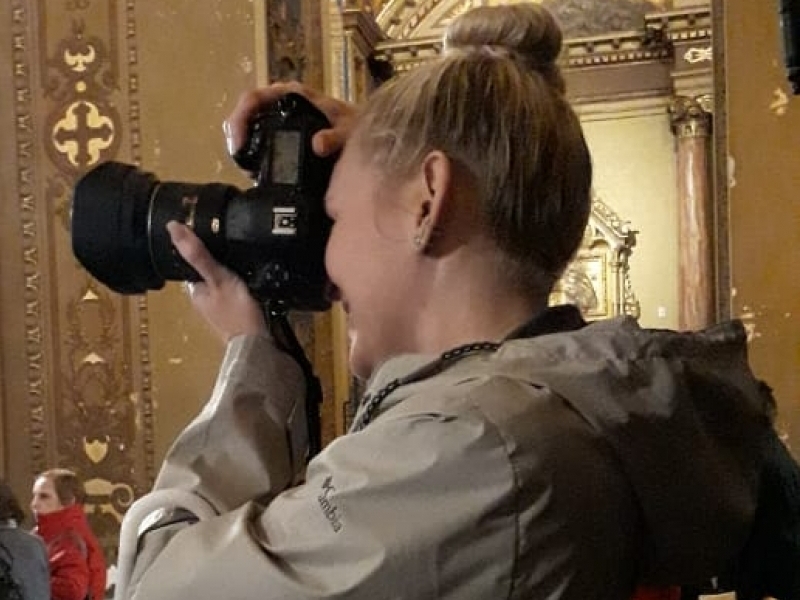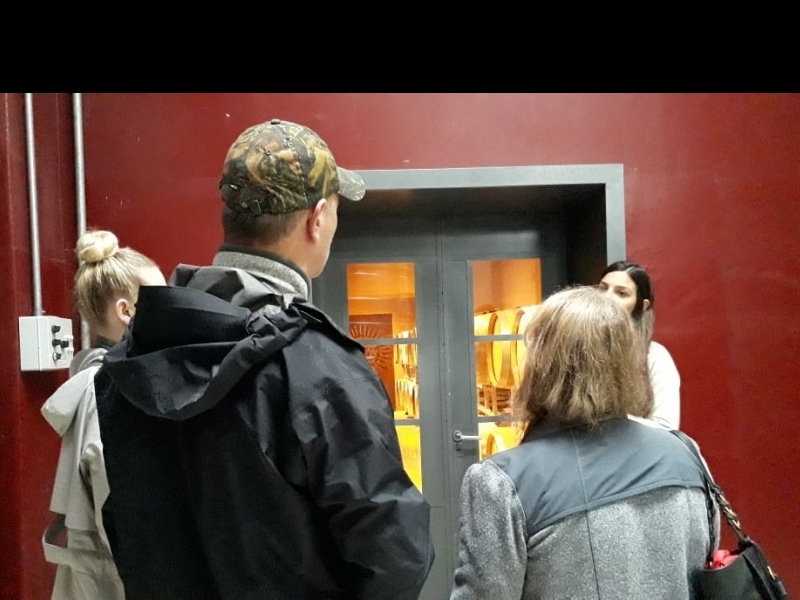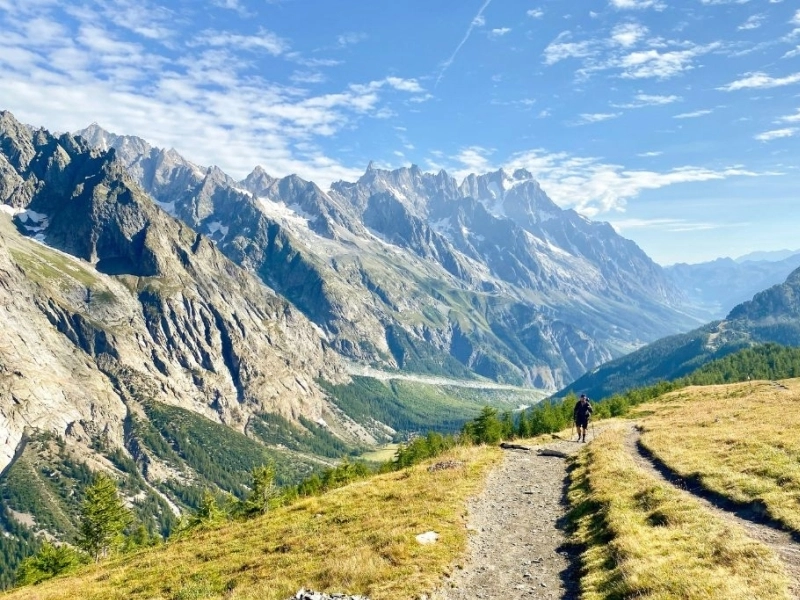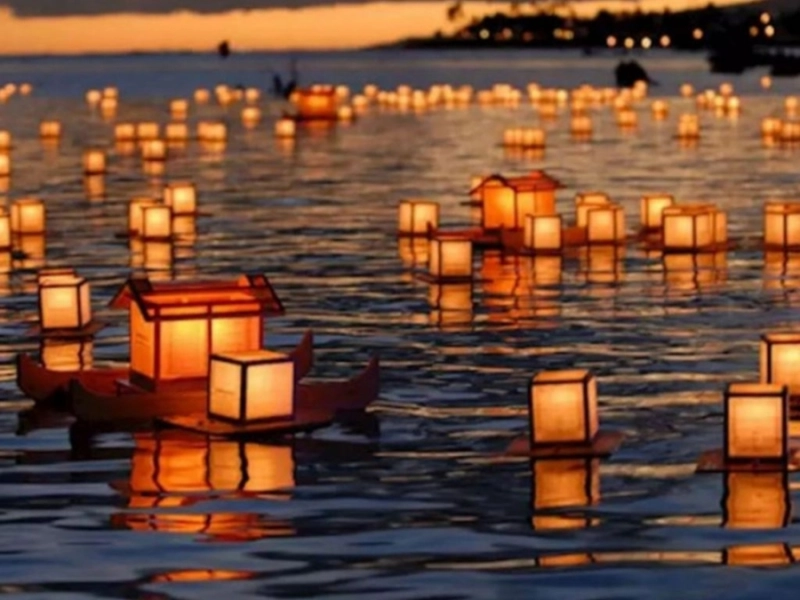News and Testimonials

Wine, Meat and Turism
On April 25, three excellent people, Amber, Cinthya and Christopher requested a full tour of wineries and Cordoba.
The wineries La Caroyense and Terra Camiare have a different story to tell. La Caroyense was built with a facade that resembles the church of the city of Udine (Italy). Its founders are Friulians.
Terra Camiare, on the other hand, refers with its name to an older story: the native peoples. Therefore, each of its wines has a particular name referring to caves, tribal chiefs and Zambos.
After the wineries, we went to Cordoba for lunch at a meat and wine restaurant called Alcorta. As soon as we arrived, we asked for the wine menu and ordered a Saint Felicien Malbec. Catena Zapata winery is known almost all over the world. In fact it has a private institute.
Today the Catena Institute of Wine, in conjunction with the Catena Enology and Viticulture team, has the ambitious mission of making Argentine wines that can stand with the best of the world and of advancing Argentina’s winemaking regions for another 100 years.
After this exquisite lunch we went to visit all the historic buildings that surround the Plaza San Martín: The Cathedral, The Paseo de Santa Catalina, the Cabildo and the Monastery of the Barefoot Carmelites.
The Cathedral of Cordoba is located in the historical heart of the capital city, it is one of the main jewels of the Argentine colonial architecture. Its construction dates back to 1580 and various architectural styles have been captured in its design. In 1706 the cathedral was officially consecrated.
The section of street that separates the Cathedral from Plaza San Martín is pedestrianized since the last quarter of the 20th century and on the tiles of the same pedestrian section there is a stylized design that reproduces the appearance of the front of the Cathedral.
Along with this Church we find the Santa Catalina Passage where pedestrians walk through it, remember and reflect on the repressive periods, dictatorships and violation of human rights. On your right we have the Cabildo Cultural Center, which today is a benchmark for visual arts exhibitions and venues of the City Museum. Historically it was
the center of an intense civil activity of the city and had different functions over time: Cabildo de Justicia y Regimiento, jail, House of Justice, Hall of Representatives, Legislature and many others.
Did you know that in each corner of the square the streets change their name and numbering. This is because it is considered the kilometer zero of Cordoba.
What a beautiful day of tourism!





